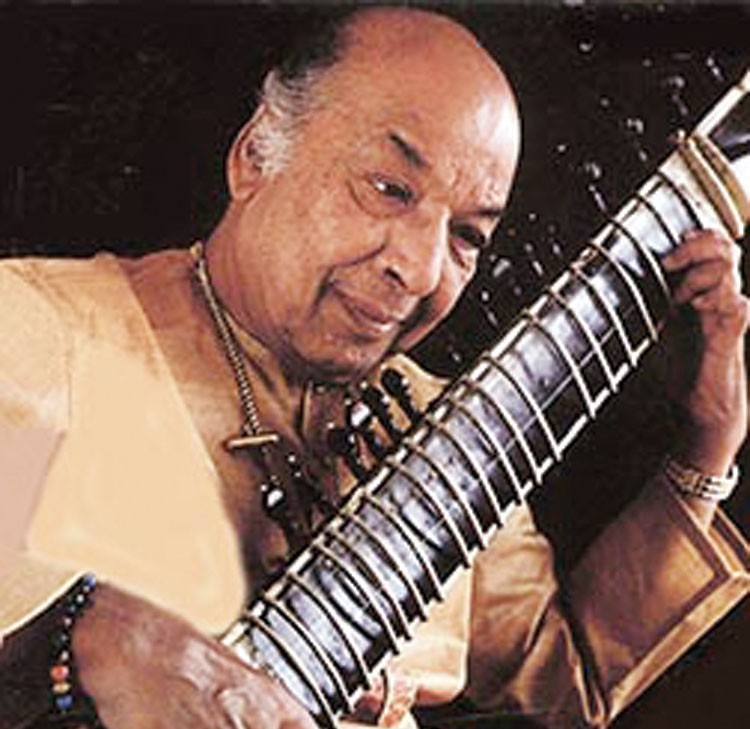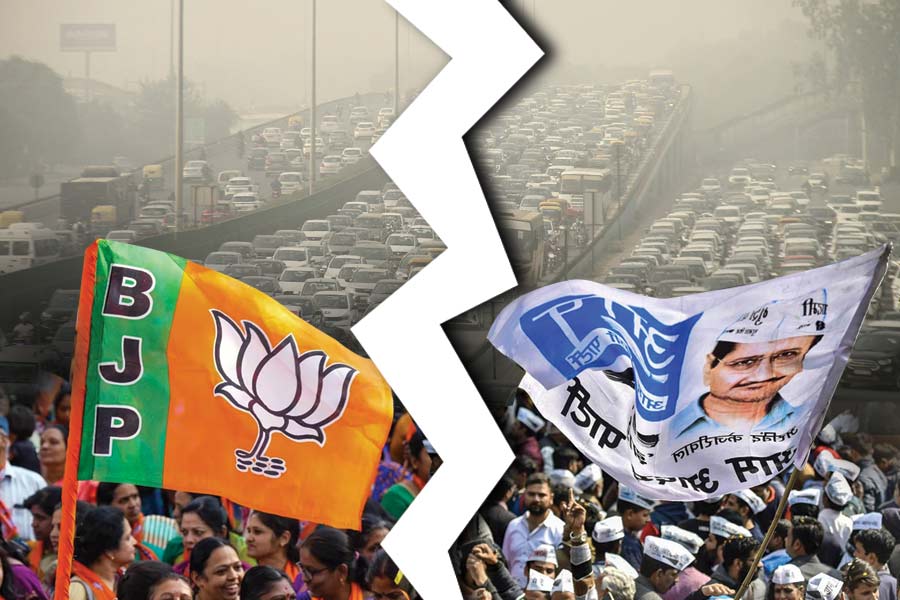Works of literature are often shaped as much by their authors’ intentions as the times in which they are produced. Curiously, Thomas Hardy’s works have remained relevant through the ages. Critics have looked at them from a myriad angles, discovering something new each time. The books are ancient and modern at the same time. In Thomas Hardy: A Literary Biography Srijan Joseph Gomes ascribes this quality to the generations of literary movements that Hardy’s life spans. Hardy, explains Gomes, “began his schooling in the year in which the ‘Communist Manifesto’ was published, and he lived to see the Russian Revolution; he was already a young man when Darwin’s ‘Origin of Species’ appeared... he heard Dickens read, and met Tennyson and Browning; but he lived to ponder the poetic techniques of T.S. Eliot and D.H. Lawrence, and to discuss his work with Virginia Woolf.” He also produced works in diverse genres — short stories, poems, novels and essays. As such, it is no mean feat for a critic to cover the entirety of his prolific oeuvre, each strand of which is as intense as the other. But Gomes achieves just that.
Given the challenge, one would expect a book like this to appear formidable to a lay reader. But, refreshingly, the writer saves the day with his light, conversational tone. Although he begins each chapter on a specific note, Gomes effortlessly transitions from one topic to another, not by digressing but in a way that progressively builds up the content. He breathes life into Hardy’s formative years as a writer by shedding light on the painstaking ways in which he would gather the material for his books, the criticism showered on his ventures outside the literary norms of the time, the struggle and compromise involved in getting his writings published, as well as by citing his letters and diary entries. But Gomes does not dissociate the man from the writer. Hardy hardly paid attention to the craft of writing, says Gomes. Yet, evidently, his life and his readership moulded his art.
The chapter titles in this book are deceptively bland. Gomes categorises the text under broad, literary banners, but rich, fluid content unfolds within. He weaves together analyses along well-established lines with contemporary findings. Gomes includes elaborate discussions on how Hardy’s literary style was enriched by his frequent visits to the National Gallery, and touches upon subjects such as the contribution of illustrators to his publications. Yet, these portions are not marked distinctly. Detailed annotation would have complemented the thorough research better. Careless editing — poor punctuation, random capitalisation and some fatal spelling errors — mars the book. The author’s attempt to explain every point with textual references can get a little tedious for readers acquainted with Hardy, although they could be helpful for a new generation of readers.
Thomas Hardy: A Literary Biography by Srijan Joseph Gomes; Rs 850













